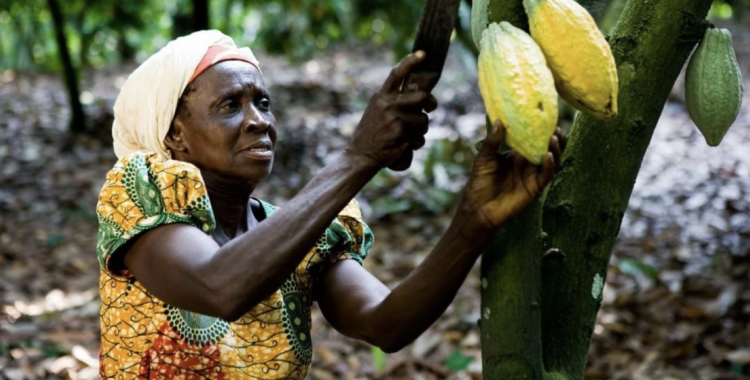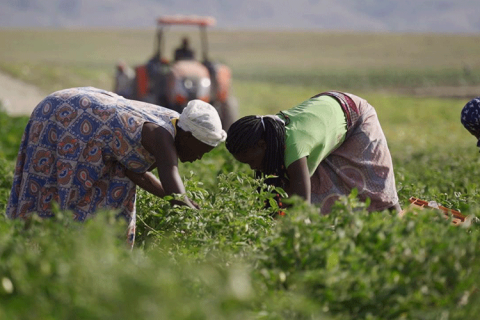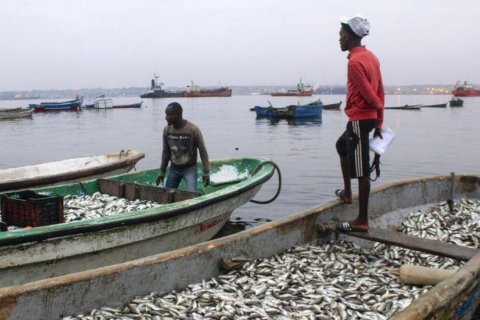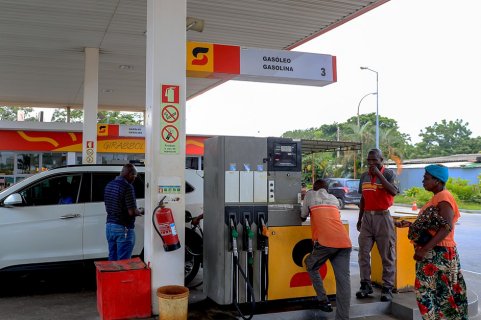João Magalhães, the head of the project developed by Mamaland, speaks with enthusiasm of this "seed" that is being planted in Cabinda, as we cross what will be the future clonal field and the farms that will receive cocoa in a total of six thousand hectares.
And he explains how Mamaland, a concept that Mota-Engil developed and which privileges sustainability and populations, aims to generate income at the local level, with minimal impact on the environment.
"For Mamaland, prosperity is fundamental and must be shared by everyone, so we want to involve local populations in this project that links planet, people and prosperity", he told Lusa during the visit.
The project, which is being developed in the same province that saw the birth of the then Mota e Companhia, in 1946, is also a return to the agro-forestry origins of the company that has become, in the meantime, the largest Portuguese construction company in Africa.
Still at an early stage, the first cocoa plants will be planted at the Cocoa Clonal Development Center in Chiela, using local genetic material in a version improved by Ricardo Souza, cocoa specialist and technical director of the project.
"We are going to use autochthonous cocoa plants, already acclimatized, on which we are going to graft improved genetic material. We are trying to find what will be best to improve the existing one, allowing us to obtain better yields", he explains, adding that the search for the ideal variety will pass , coming soon to São Tomé and Príncipe.
As cocoa takes about three years to reach the first production and about 20 to 30 years to be improved, science has helped agricultural production to evolve towards high precision agriculture, allowing to increase cocoa productivity, minimizing the impact on the environment.
"We save money and resources", says João Magalhães, adding that they are also closing contracts with 'start ups' that will support weather forecasting and the efficient use of water in the project, which has an investment of 20 million dollars.
Altogether, it is planned to plant almost seven million cocoa trees, in a phased manner, spread over 6000 hectares of agro-forestry systems. The project is divided into four phases and each year 1,500 hectares should be planted, with 1,160,000 cocoa plants divided into three parts of 387,000 plants each, according to Ricardo Souza.
A plantation that claims to be "a pioneer in the world", as cocoa farms are usually small.
Peak production is expected to be reached in five years, with a 20 percent increase with each harvest.
"The fact that improved material is used allows cocoa to be produced throughout the year. Every three weeks we will have a harvest", emphasizes the specialist.
Côte d'Ivoire and Ghana are, for now, the largest African cocoa producers, but João Magalhães aims to see Angola on the list.
"We want to put Cabinda on the cocoa map and show people that oil is not their only wealth. We want to learn from our elders, but also to bring them science," the head of Mamaland told Lusa.
For now, the 'core business' will be cocoa, but the cloning field will receive more experiences from Mamaland.
"Chiela will have a pilot project of everything that and if it intends to do in the other farms", which add up to a total of 16,000 hectares, says João Magalhães.
It is here that the cultures to be developed in the future will be tested and for which the company is also collecting genetic material in the villages.
"We want to collect biological and genetic material to understand the use that all this biodiversity can have. We can have medicinal plants, maybe superfoods. What we don't want is activities that conflict with the environment", underlines João Magalhães.
The first trials will be carried out with cocoa, banana, coconut and mahogany, to make use of the area and generate income, but any crops in the region can be used.
The banana trees will serve to provide the initial shading of the cocoa plants, which will be provided later, as the plant grows, by the coconut trees.
The cocoa trees, already perfected, will then be replanted on Mota-Engil's farms, almost all of them located along the Chiluango River, Cabinda's main river.
João Magalhães insists on the benefits for local populations, who are being taught more productive farming methods and even new techniques for building traditional adobe houses, and predicts that at the peak of production, five years from now, they will have been recruited and trained up to 1200 workers.
"The idea is to hire people locally, and not stop them from doing their work. People are in the villages and will continue to be there and move around", he guarantees.
As for the destination of the approximately 15,000 tons expected to be produced in 2030, it is not defined yet.
"We'll see how we're going to use it", he says, indicating that cocoa may be marketed in capsules, almonds or in the form of a paste.
Chocolate may even be produced or by-products created.
As João Magalhães highlighted during his visit, the Mamaland project is like a seed in a blank book.







